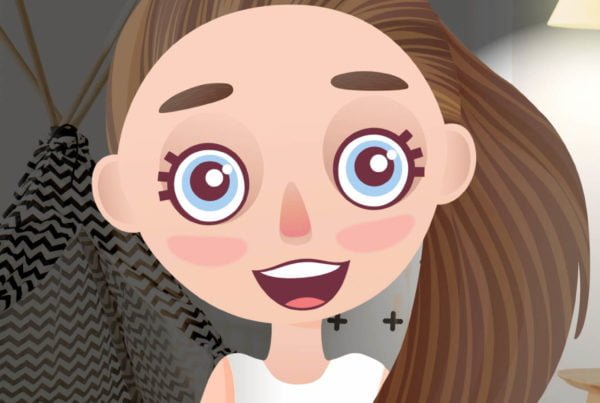A very natural question for parents and caregivers to ask is, ‘how long will speech therapy take?’. Any therapy is an investment requiring a financial, time and effort-based commitment. We always aim to minimise the time and cost to a family, while trying to maximise the quality and holistic nature of our therapy, supporting a child’s current social and academic needs and laying a foundation for future, ongoing progress. Some children may require speech therapy for a few sessions, some for a few months while other families may choose to access support for several years.
Each child and family’s journey will look slightly (or significantly) different from one another. This often can arise because speech pathologists assess, diagnose and support such a wide range of communication and swallowing challenges. Furthermore, families themselves may enter the therapy process with different intentions and outcomes in mind.
Some intervention approaches – such as Lidcombe based therapy – can provide specific guidance for expected time durations. However, some variability may still arise based upon the individual child. While research and our own clinical experience can help us to approximate how much therapy a particular child or adolescent may require, treatment is ultimately an individual process and so certain time expectations can be hard to provide.
Many factors will contribute to the therapy duration for a child or adolescent. Such factors may include (but are not limited to) –
- Severity – both the severity (mild, moderate, severe) of a child’s communication difficulty and the seriousness of the impacts to their activity levels and participation within social and academic environments is vital to consider. Typically, more severe difficulties and participation impacts require more extended therapy experiences
- How many areas of communication difficulty are present? When children are presenting with difficulties across multiple communication areas (e.g., speech clarity, language and literacy), longer, more intensive therapy durations may be needed
- A client’s engagement and participation within the therapy sessions – how well a child can engage within therapy appointments will impact how much they get out of their appointments. We always strive to best support a child’s individual differences and engagement levels to maximise their participation and therefore outcomes from therapy appointments
- Consistency and intensity of appointments – Consistency is critical for any learning and also the therapy process. Regularly missing appointments will reduce the ‘dose’ of therapy and also the intensity. This, in turn, will impact the rate of progress
- Consistency with home-based practice – Home practice is a critical factor for maximising outcomes and progress
- What are we working towards? Another factor to consider is that families have different outcomes and goals in mind. While some may wish to target very discrete skills and abilities, others may choose a holistic approach that supports specific skills and activity and participation levels across several environments (school, home, extra-curricular events). We will always work to frame our outcome measures with holistic, ongoing, functional progress in mind.
Following your child’s initial assessment, time will be taken to discuss the results and our clinical recommendations for particular intervention approaches. At this stage, we will set an approximate therapy duration based upon the significance of a child’s communication difficulty, unique personal factors and the intervention approach(es) that are required. While this will be an approximate time frame, it will provide us with an upcoming time point to formally discuss and celebrate progress and confirm plans for discharge or additional support.
Take home messages:
- Therapy durations vary from child to child and are based upon severity, the number of communication difficulties that are present and a child’s unique individual factors
- We strive to balance the most efficient therapy process with holistically supporting a child’s needs while planning and laying the foundation for their future success
- Appointment consistency and dedication to home practice are two ways that you can make your child’s therapy experience as efficient as possible



